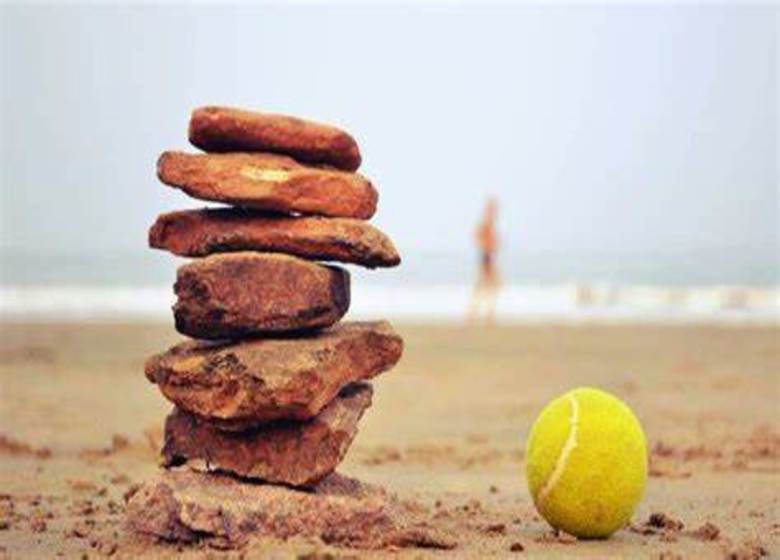Sports and games also formed an important part of the rich culture and history of India. Unfortunately, today’s kids are so enthralled in playing video games that conventional games have been forgotten fully. Gone are the days when kids just couldn’t wait to go out with their mates and play. The decline in physical activity has led to a host of health issues in children. Reviving traditional games would also have a variety of benefits for well-being. Continue reading for the traditional indoor games of India.
Traditional Indoor Games Of India
Indoor games were a vital part of our lives in India. Either indoors or outdoors. Fortunately, the combination of Brain and Brawn played together for the developing unity and peace on this land. Every game has its own name and has evolved and played in various ways.
Here are some of the traditional Indoor Games Of India.
1. Pachisi
A strategy game that has a lucky flavor. This indoor game has many offshoots. In many parts of India, however, standard rules still prevail.
Up to four players may be involved in the game. For each player, the board is divided into four parts. Every player has houses and the goal of the game is to bring the pieces to fruition.
Two dice form the numbers needed to move the pieces of the game.
How To Play
Pachisi or Parade has a history from the Mahabharat, where Shakuni, a part of the Kaurava team is the star player who defeats the Pandavas, their cousin enemies. There is a clear mention of this game that dates back to five thousand years. It is said that Shakuni had the power of rolling the dice according to his wish or the count that is required.
The same legacy has been brought forward by our great ancestors because of whom we have not lost the knowledge of playing this game despite the numerous attacks.
- This game can play a maximum of four players.
- There are two dice on which the number will be marked.
- The count can vary from two Duga called Six – Ittiga to twelve.
- Each individual starts with four pieces of play.
- There will be milestones with crosses on every section of the projection.
- Such milestones are secure for the pieces to play.
- Each player will destroy the other player’s playing pieces, based on the dice count.
- After the pieces have been killed, they must start from the beginning.
- There is a protected place where the pieces to be played should not be destroyed.
- The pieces of play can move as singles or as pairs.
- Only a couple playing pieces from another team will destroy the couple playing pieces.
- The team with all the pieces in play that complete the culmination wins.
- It is coming to fruition to enter the middle part of the boundary.
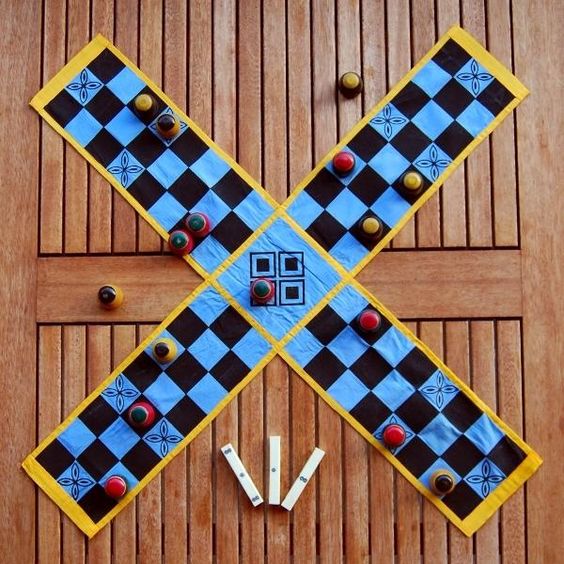
2. Chaturanga Or Chess
An indoor game in India that encourages a strategic fight between two players, in the middle of eight squares on all sides. This game was played specifically among kings in Ancient India because of its master strategic approach.
It was initially called “Ashtapada” because of its eight squares or path. It was called Chaturanga after some time. The Persians who took the game to their native place called the same thing. Due to a change in the dialect, they started calling it Shatranj, and, to date, both names are called. Likewise, checkmate came from the words of Persia, Shah met, which means that the king is dead. Shah Met was taken from the Sanskrit word, Kshetra Mritah again meaning the same thing.
The goal of the game is to kill the king or Checkmate
How To Play
There are various animals that were used as playing pieces in Chess in ancient India. Yet the words in English are very different and can not be translated. The following are:
- King – 1 King
- Queen – 1 Queen
- Camel – 2 Bishops
- Horse – 2 Knights
- Elephant – 2 Rooks
- Soldier – 8 Pawns
The moves have been listed as follows.
The players have to fight with those moves. Killing as many playing pieces as possible isn’t necessary. But just checkmate. The sooner the checkmate wins the faster the person who called for checkmate. Each step counts for the players and opponents alike.
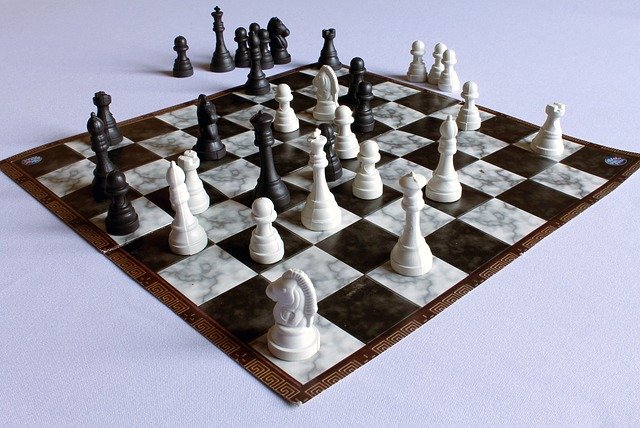
3. Dahdi
Dahdi is an Indian offensive indoor game played on the floor or on the board. The goal is to gain the maximum possible number of points by putting all the pieces of the game in one row. The game board looks like it’s below.
It’s more like noughts and crosses. But the moves here are not as simple as they are in noughts and crosses. The techniques that are to be used are becoming complex.
How To Play
The game is played by two players. Each player will have a selection of pieces from nine games.
- Pieces of the game can be moved horizontally or vertically.
- Three rows of the board will be completed by the players.
- Their opponents prevent them from doing so when they’re trying to form.
- While it looks close to noughts and crosses, as the game progresses, this tends to be more complicated.
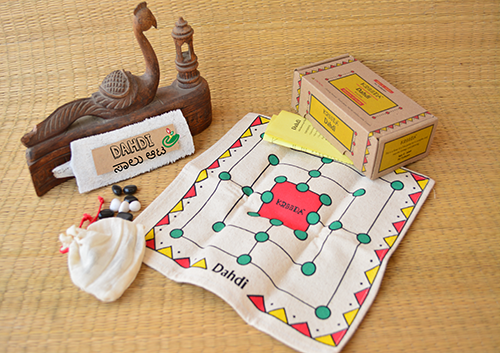
4. Paramapadam Or Snakes And Ladders
This indoor game is just Snakes and Ladders in India. Paramapadam is the Vaikuntha abode of Lord Vishnu. The game’s goal is to reach out there with all the difficulties and disturbances attributed to snakes. Ladders are the virtues of human beings. This is an outstanding moral game for learning positive qualities.
How To Play
A maximum of four players, sitting on the edge of the board, will play this game. These players have dice with numbers between one and six. Based on the number obtained once the dice were rolled.
- Every player will move to start from one piece of their game.
- They come across snakes or ladders as they pass.
- Ladders point to life’s ideals and take a number way ahead of the present one.
- When they come across snakes, it means they have committed a sin and have fallen to an amount that they are still far ahead from.
- Whoever hits the number hundred is the winner.
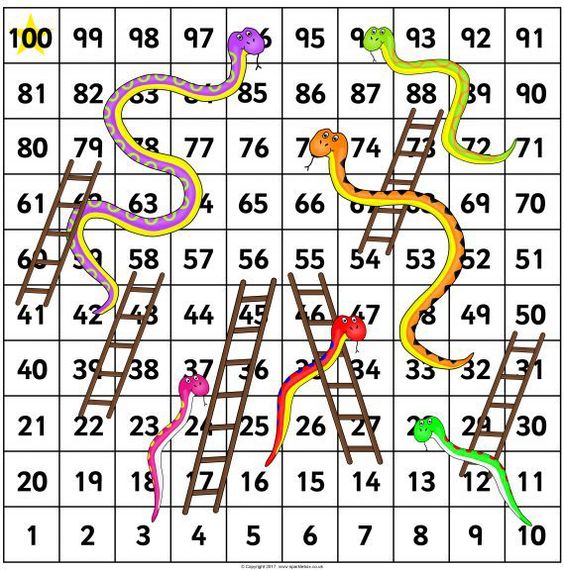
5. Alugulimane/Pallanguzhi
In this indoor game in India, a box with seven pits on each side requires 5 seeds to be filled with each pit. Two players are playing the game one by one, starting from their side pit and selecting all their seeds and distributing them one by one.
The pit beside the last distributed pit at the end of the distribution, it has seeds, belongs to the player that distributed. The winner is who owns seeds at the end of all distributions and more.
How To Play
On both sides of the box, there would be seven pits. Each player must sit opposite to each other. The seeds are distributed evenly on the pits, normally five on each pit. One of them starts to play by taking seeds off one of the pits.
- The pit from which they begin distributing the seeds will be from their side.
- Distribution is one on each other pit before the seeds overtake.
- They will start from the next pit, once the seeds get over.
- They’re going to take as many seeds as they are in the next pit.
- If the next pit turns out to be empty, then the player has to move to the next second pit and collect all the seeds on that pit on their own.
- The next player on their side starts the same process.
- Meanwhile, when four seeds accumulate on one side, the player can take the seeds out and add it to the rest.
- Once all the seeds have passed, e.g. Remaining one or two in the pits, the player takes it from the side.
- Now, they start adding their seeds on their sides to the pits again.
- One side won’t be full as the other player will have more seeds.
- The same steps are repeated until one of them loses their seeds altogether.
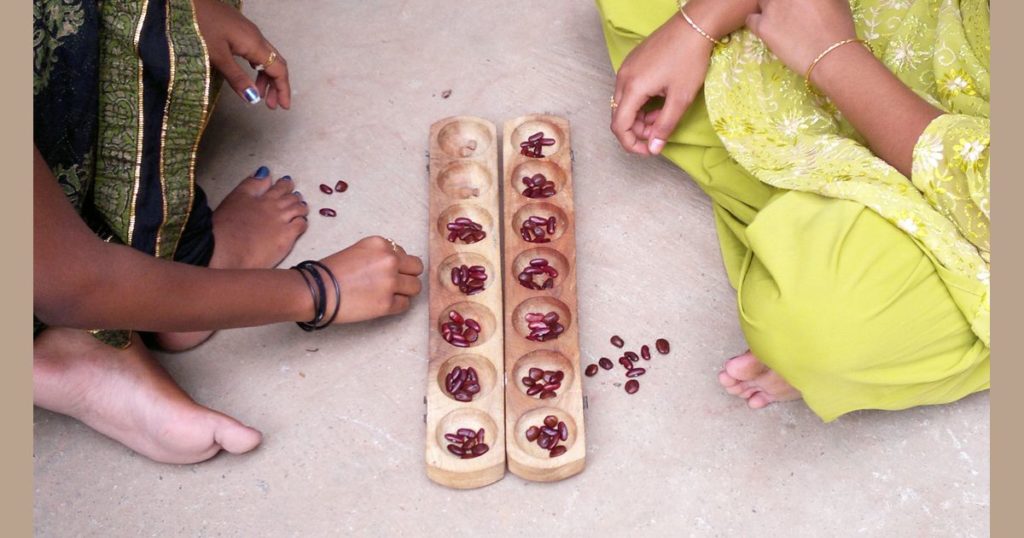
So, these are some of the traditional Indoor Games Of India which you can start playing again.
The mere mention of games will certainly make you nostalgic for your own childhood. It’s time to pass on the magic of these childhood games to our present generation that continues to live in a digital world.
Also Read: Looking For Games That Boost Kids IQ?



